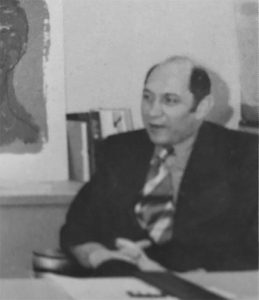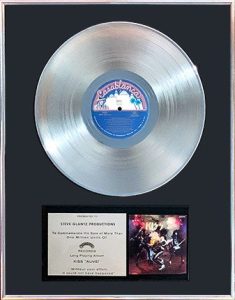At the publication of this post, the Democratic National Convention is in full swing. Without going into detail, it’s making all of us aware of just how much things need to change.
Yet, as the old adage says, the more things change, the more they stay the same. Mort Meisner is no stranger to this concept.
Back in 1980, he happened to be working in Detroit where he covered the Republican National Convention. Things needed to change then too.
And while the current Democratic National Convention is certainly a different scene, it does make one wonder what folks are up to on this green and blue sphere?
After decades in the news industry, Mort can tell you it’s a lot.
Just a Few of the Darker Stories
Mort is the first to admit that broadcasting is largely focused on stories that will generate ratings. And in his career, as in many others’, a lot of those stories involved rapes, murders, breaking and entering, and armed robberies.
Still, Mort always felt he was doing more than just boosting ratings. As someone who is quick to make friends out of random strangers, he quickly recognized you can’t put a price on having friends in the right places. And that gave him a specific edge.
Operation Greylord
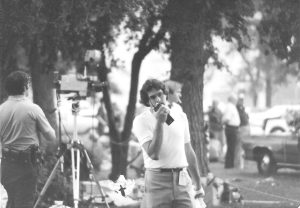
Mort field producing for CBS in Chicago, President Ronald Reagan’s visit, September 2nd, 1981. That’s CBS reporter Frank Currier with a cigarette dangling out of his mouth over Mort’s left shoulder.
For example, one of the biggest stories out of the courts in the history of Chicago in the early 1980s was Operation Greylord that involved a full-blown investigation of corruption in the judiciary of Cook County in the Chicago jurisdiction. Mort had a friend who was a source in the U.S. Attorney’s office who gave him inside information. From his memoir, Enough to Be Dangerous:
I went to my boss Bill Applegate at WLS in Chicago and shared what my friend had given me.
He gave me a dead serious look. “In terms of accuracy, are you willing to place your career on the line?”
I had the utmost confidence in my friend, so without missing a beat I said, “Absolutely.”
Once he was satisfied that my source was good, we broke the story. It was huge in Chicago, and had both local and national repercussions.
In the end, over 92 federal officials were investigated, indicted, thrown off the bench and even went to prison – along with some attorneys.
Air Canada Flight 1983
Another amazing story happened when Mort was at ABC in Chicago and the Air Canada flight had to make an emergency landing in Cincinnati. During the flight, a fire started behind the lavatory and spread between the outer skin and the inner panels.
The plane began filling with toxic smoke. The fire also burned through electrical cables that disabled most of the instrumentation in the cockpit:
Ninety seconds after the plane landed, the doors were opened. The heat of the fire in combination with the fresh oxygen from the open exit doors created dangerous flashover conditions. The plane’s interior was immediately engulfed in flames – killing 23 passengers who had not yet evacuated.
I had a source with the FAA based in Atlanta named Jack Barker. He was able to provide me these grim but crucial facts. But the network newscasts were reporting there were few or no injuries. Even in my own building, ABC nationally was reporting that.
In other words, because of Mort’s connection, they were reporting the facts and not fake news. This underscores the importance of having impeccable sources. Especially now when a lot of bad information is getting rolled out as fact.
Prostitution Ring
You hear the term prostitution ring and you likely think of young women in the wrong place at the wrong time. And in Enough to Be Dangerous, Mort talks about the way the industry would ignore stories about prostitution. We’ll tackle that in another blog.
This particular story is about a gay male prostitution ring in St. Louis upon which Mort was partially responsible for putting the kibosh.
At the time, I was good friends with two cops who told me they were having big problems in one of the parks. So we put wires on them and sent them into the park. I don’t recall if we cleared this with the police department or if we were working with our own unique brand of vigilantism. Either way, we did it.
One of the cops – a heavyset guy named Jim – went into the bathroom and got someone to solicit sex from him. A man approached him and said he was looking to get “sucked and fucked.”
Jim pulled out his handcuffs and said, “Well, you got one of them. You just got fucked.”
Powerful stuff. And once again, it came down to Mort having friends in the right places.
Stay Tuned for More…
While reading Enough to Be Dangerous, you’ll be taken with all of the different layers and complexities of the broadcast industry as well as with Mort’s life.
The book will be available October 1st from Two Sisters Writing and Publishing, but you can preorder your autographed copy today.
And in our next blog post, we’ll look at some of the stories that mattered to Mort on a very different level. So be sure to subscribe!
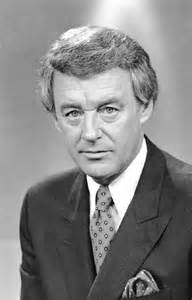 If you lived in Detroit in the 1970s and 1980s, you’ve heard of
If you lived in Detroit in the 1970s and 1980s, you’ve heard of 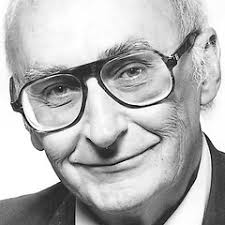 During Mort’s time in Chicago, one of his goals was to meet Mike Royko, the late
During Mort’s time in Chicago, one of his goals was to meet Mike Royko, the late 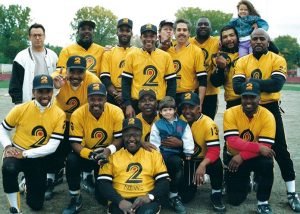
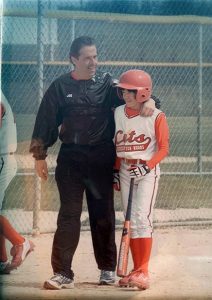 For example, he discusses a period of time after he was let go from a job and suddenly had time on his hands.
For example, he discusses a period of time after he was let go from a job and suddenly had time on his hands.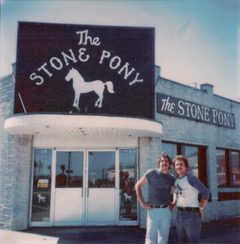 Many of us remember the first time we saw a musical act that transformed us. For
Many of us remember the first time we saw a musical act that transformed us. For 